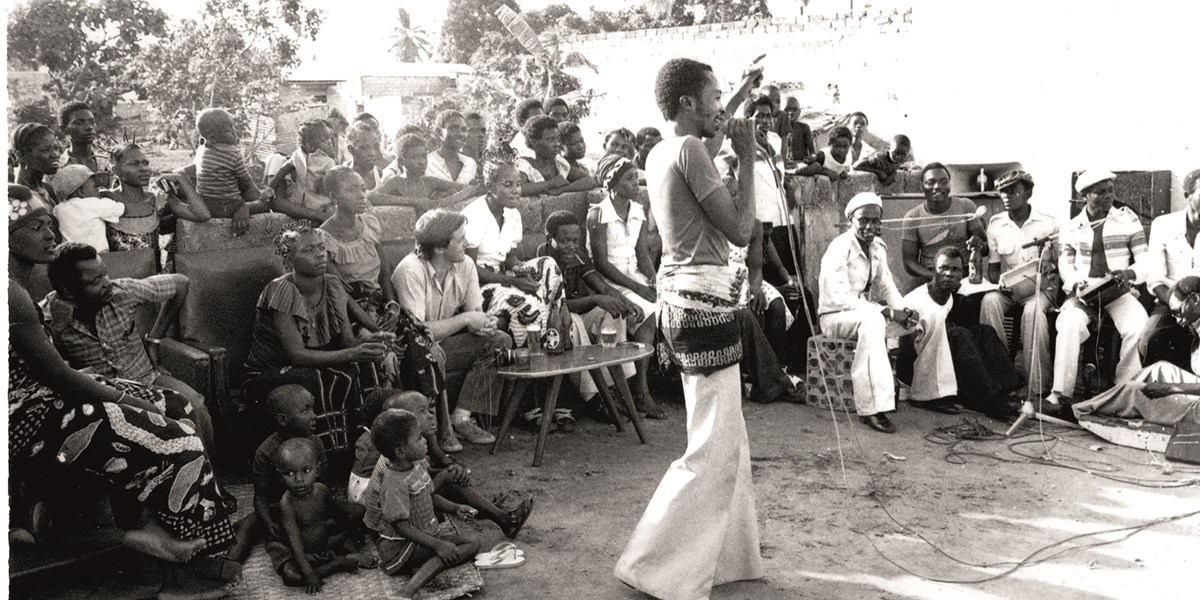Friday, March 20, 2020
Kinshasa Revisited
Songlines spoke to French producers Bernard Treton and Martin Meissonnier about their fascination with the progressive sounds coming from Kinshasa in the 70s

Orchestre Bana Luya (photo by Ballu)

Register now to continue reading

Thanks for visiting the Songlines website, your guide to an extraordinary world of music and culture. Sign up for a free account now to enjoy:
- Free access to 2 subscriber-only articles and album reviews every month
- Unlimited access to our news and awards pages
- Our regular email newsletters

